Home>Garden Essentials>How Long For Oregano To Germinate


Garden Essentials
How Long For Oregano To Germinate
Modified: March 24, 2024
Want to know how long it takes for oregano to germinate in your garden? Discover the germination timeline for oregano and enhance your gardening skills.
(Many of the links in this article redirect to a specific reviewed product. Your purchase of these products through affiliate links helps to generate commission for Storables.com, at no extra cost. Learn more)
Introduction
Oregano is a versatile herb that has been cherished for centuries for its aromatic and culinary properties. Whether you are a seasoned gardener or just starting out, growing oregano in your garden can be a rewarding experience. But before you can enjoy the flavorful leaves of this herb, you need to successfully germinate the oregano seeds.
In this article, we will explore the process of oregano germination and provide you with valuable insights on how long it takes for oregano to germinate. We will also discuss the factors that can affect oregano germination and provide tips for troubleshooting any issues that may arise along the way.
So, if you’re ready to dive into the world of oregano germination, let’s get started!
Key Takeaways:
- Oregano seeds typically take 7 to 14 days to germinate, but factors like temperature and seed quality can affect the timing. Patience and optimal growing conditions are key to successful oregano germination.
- Providing consistent warmth, balanced moisture, and quality seeds are crucial for successful oregano germination. Troubleshoot issues like poor germination and mold to ensure healthy seedling development.
Read more: How Long To Germinate Passiflora
Understanding Oregano Germination
Oregano germination refers to the process by which oregano seeds sprout and develop into seedlings. This is a crucial step in the growth cycle of oregano and sets the foundation for a healthy and thriving plant.
Germination begins when a viable oregano seed comes into contact with moisture, warmth, and oxygen. These factors trigger the seed to break its dormancy and initiate the growth process. As the seed absorbs water, it swells and eventually cracks open, revealing the tiny embryonic root, known as the radicle.
Once the radicle emerges from the seed, it begins to grow downwards, eventually anchoring the plant into the soil. Simultaneously, the shoot emerges from the seed, reaching towards the surface to expose the cotyledons, or seed leaves, to sunlight.
The cotyledons play a vital role in providing the seedling with essential nutrients until it develops its true leaves, which resemble the mature leaves of the oregano plant. From this point on, the seedling continues to grow and establish itself in the soil, eventually maturing into a fully grown oregano plant.
Understanding the germination process is crucial for successfully growing oregano from seed. By providing the optimal conditions and care, you can increase the chances of successful germination and ultimately enjoy a bountiful oregano harvest.
Factors Affecting Oregano Germination
Several factors can influence the germination process of oregano seeds. Understanding these factors will help you create the ideal conditions for successful germination. Here are some key factors to consider:
- Temperature: Oregano seeds germinate best in warm temperatures, ideally between 70°F (21°C) and 85°F (29°C). Lower temperatures can slow down germination, while higher temperatures can inhibit or even kill the seeds. Providing consistent warmth will promote quicker and more successful germination.
- Moisture: Adequate moisture is essential for oregano seeds to germinate. However, it’s crucial to strike a balance to prevent overwatering, which can lead to damping-off or fungal diseases. Maintain soil moisture by misting lightly or using a fine spray to dampen the soil surface. Avoid oversaturating the soil.
- Light: Oregano seeds are relatively indifferent to light during germination. They can germinate in both light and dark conditions. However, light can influence the growth of seedlings after germination. Once the seeds have sprouted, provide them with 12-16 hours of light per day to promote healthy growth.
- Soil Quality: Good soil is essential for successful germination. Oregano prefers well-draining soil with a pH level of 6.0 to 7.0. Amend the soil with organic matter, such as compost or aged manure, to improve fertility and drainage.
- Seed Quality: The quality of the seeds directly affects germination success. Use fresh and reputable oregano seeds, preferably purchased from a trusted supplier. Avoid using seeds that are old or have been stored improperly, as they may have reduced viability.
By understanding and addressing these factors, you can create an optimal environment for oregano germination and increase the chances of successful seedling development.
Optimal Conditions for Oregano Germination
To ensure successful oregano germination, it is important to provide the optimal conditions for the seeds to sprout and develop into healthy seedlings. Here are some key factors to consider when creating the ideal environment:
- Temperature: Oregano seeds require a consistent temperature range of 70°F (21°C) to 85°F (29°C) to germinate. You can achieve this temperature by placing the seeds in a warm location or using a seedling heat mat. It is essential to maintain this temperature throughout the germination process to promote rapid and uniform sprouting.
- Light: While oregano seeds can germinate in both light and dark conditions, they require light after germination to grow into healthy seedlings. Provide 12-16 hours of light per day using fluorescent grow lights or by placing the seedlings near a sunny window. A lack of light can result in weak and leggy plants.
- Moisture: Oregano seeds prefer consistent moisture, but it is crucial to avoid overwatering. Keep the soil evenly moist by misting lightly or using a fine spray bottle. Ensure that the soil is well-draining to prevent waterlogged conditions, which can lead to root rot. Consistency is key—aim for a balance between not letting the soil dry out and avoiding excessive moisture.
- Soil Type: Oregano thrives in well-draining soil that is rich in organic matter. Use a potting mix specifically designed for herbs or create your own by combining equal parts of compost, perlite, and vermiculite. The soil pH should be ideally between 6.0 and 7.0 to provide an optimal growing environment for oregano seeds.
- Sowing Depth: Oregano seeds are tiny and require surface sowing for optimal germination. Simply scatter the seeds on top of the soil and lightly press them down, ensuring good seed-to-soil contact while still allowing them access to light. Avoid burying the seeds too deeply, as it can hinder germination.
By providing the appropriate temperature, light, moisture, and soil conditions, you can create the optimal environment for oregano germination. Remember to monitor the conditions closely and make adjustments as needed to ensure the best chances of successful seedling development.
Oregano seeds typically germinate within 7-14 days when planted in well-draining soil and kept consistently moist. Providing warmth and plenty of sunlight can also help speed up the germination process.
Methods of Germinating Oregano Seeds
There are several methods you can use to germinate oregano seeds, depending on your preferences and available resources. Here are a few common methods:
- Direct Sowing: This method involves sowing the oregano seeds directly into the garden soil or a container. Prepare the soil by loosening it and removing any weeds or debris. Sow the seeds evenly on the surface, lightly press them into the soil, and cover them with a thin layer of soil or vermiculite. Water gently to keep the soil moist, and wait for the seeds to germinate.
- Starting Indoors: Starting oregano seeds indoors gives you more control over the germination process. Fill seedling trays or small pots with a seed starting mix. Moisten the soil, scatter the oregano seeds on top, and lightly press them in. Cover the trays or pots with a plastic dome or plastic wrap to create a greenhouse-like environment that retains moisture. Place them in a warm spot or use a seedling heat mat to provide consistent temperature. Once the seeds germinate, remove the cover and place them under grow lights or near a sunny window.
- Pre-Soaking: Some gardeners find success by pre-soaking oregano seeds before sowing. Fill a small container with warm water and place the seeds in the water. Let them soak for 24 hours, then drain the water and sow the seeds using the direct sowing or starting indoors method. Pre-soaking can help soften the seed coat and encourage faster germination.
- Stratification: Oregano seeds may benefit from a cold stratification period to mimic the natural winter conditions they would experience. Place the seeds in a sealable plastic bag with a damp paper towel or vermiculite, and seal it. Place the bag in the refrigerator for 2-4 weeks, checking the moisture levels periodically. After stratification, sow the seeds using the method of your choice.
Each method has its advantages, but the key is to provide the optimal conditions of temperature, moisture, and light for the seeds to germinate. Experiment with different methods to find the one that works best for you and your growing environment.
Read more: How Long For Borage To Germinate
How Long Does It Take for Oregano to Germinate?
The germination time for oregano seeds can vary depending on various factors such as temperature, moisture, and seed quality. On average, oregano seeds take around 7 to 14 days to begin germinating, but it can sometimes take up to 21 days or longer.
Optimal temperature is crucial for prompt germination. If the temperature is consistently within the range of 70°F (21°C) to 85°F (29°C), you can expect quicker germination. Cooler temperatures can significantly prolong the germination process, while higher temperatures can stimulate faster germination. Using a seedling heat mat or placing the seeds in a warm location can help maintain the ideal temperature.
Moisture is another critical factor. Oregano seeds require consistent moisture to germinate, but overwatering can lead to fungal diseases or damping-off. It’s important to strike a balance by keeping the soil consistently moist, but not overly saturated. Mist the soil lightly or use a fine spray bottle to keep the surface damp. Avoid letting the soil dry out completely, as this can hinder germination.
Furthermore, seed quality plays a role in germination time. Fresh and high-quality oregano seeds from reputable sources typically have higher germination rates and faster sprouting times compared to older or low-quality seeds. Ensure you are using fresh and viable seeds for optimal results.
It’s important to note that not all oregano seeds will germinate at the same time. Germination can be a gradual process, with some seeds sprouting earlier than others. It’s normal to see staggered germination, where seeds sprout over the course of several days or weeks. Patience is key during this period, as long as you are providing the suitable conditions for germination.
Once the oregano seeds have germinated, the seedlings will continue to grow and develop into mature plants. Provide adequate light, water, and nutrients to support their growth. As they develop, you can thin out the weaker seedlings to ensure the remaining ones have enough space to thrive.
By understanding the germination process and providing the optimal conditions, you can increase the chances of successful oregano germination and enjoy a bountiful harvest of this flavorful herb.
Troubleshooting Oregano Germination
While oregano germination is generally a straightforward process, sometimes issues can arise. Here are some common problems that you may encounter during oregano germination and tips for troubleshooting:
- Poor Germination: If you notice that only a few seeds have germinated or germination rates seem low, it could be due to several factors. Start by evaluating the temperature and moisture levels. Ensure that the temperature is consistently within the recommended range of 70°F (21°C) to 85°F (29°C), and that you are maintaining adequate moisture without overwatering. Additionally, check the quality of the seeds. If the seeds are old or of low quality, it may result in reduced germination rates.
- Uneven Germination: It is normal to observe staggered germination, where some seeds sprout earlier than others. However, if you notice a significant difference in germination rates or some areas of the tray or garden bed don’t see any germination, it may indicate uneven conditions. Ensure that you are providing consistent temperature and moisture throughout the germination process. Consider using a seedling heat mat to maintain a stable temperature and mist the soil regularly to keep it evenly moist. Adjusting the lighting conditions may also help promote uniform germination.
- Mold or Fungal Diseases: Excessive moisture can lead to mold or fungal diseases in the germinating seeds or seedlings. If you observe fuzzy white or green growth on the soil surface or on the seeds, it is likely a sign of damping-off. To prevent this issue, make sure not to overwater and provide proper air circulation. Consider using a fan or opening vents to improve air circulation. If damping-off occurs, remove the affected seedlings and adjust watering practices to avoid future occurrences.
- Pests and Critters: Oregano seeds and seedlings can be vulnerable to pests such as aphids, slugs, or snails. If you notice chewed leaves or damage to the seedlings, inspect the plants for pests. Use natural pest control methods like hand-picking or the application of organic insecticidal soaps or neem oil to manage the pest population.
- Poor Seedling Growth: If your oregano seedlings are growing weak and spindly, it may be due to inadequate light or overcrowding. Ensure that the seedlings are receiving 12-16 hours of bright light each day. If using artificial lights, adjust the height and distance to provide optimal lighting. If seedlings are overcrowded, thin them out to provide enough space for the remaining seedlings to grow and develop properly.
By addressing these common issues and implementing appropriate solutions, you can troubleshoot problems during oregano germination and improve the chances of successful seedling development.
Remember, gardening is a learning process, and each growing season presents new opportunities to refine your techniques. Don’t be discouraged by setbacks, and use them as opportunities to gain valuable experience and improve your gardening skills.
Conclusion
Growing oregano from seed can be a rewarding experience that allows you to enjoy the fresh flavors and aromas of this versatile herb. Understanding the germination process and providing the optimal conditions for oregano seeds to sprout is essential for successful growth.
By ensuring the right temperature, moisture, light, and soil quality, you can create an ideal environment for oregano germination. Maintaining a consistent temperature range of 70°F (21°C) to 85°F (29°C), providing adequate moisture without overwatering, and offering 12-16 hours of light each day will help promote healthy and uniform seedling development. Additionally, using well-draining soil with a pH level of 6.0 to 7.0 will provide the necessary nutrients for robust growth.
While oregano seeds typically germinate within 7 to 14 days, it is important to note that germination times can vary depending on factors such as temperature, moisture, and seed quality. Staggered germination is normal, so be patient and continue to provide the optimal conditions for all seeds to sprout.
If you encounter any issues during oregano germination, such as poor germination rates, uneven sprouting, mold or fungal diseases, or pest infestations, make adjustments to temperature, moisture, lighting, and airflow. Troubleshooting these problems will help ensure the success of your oregano seeds.
Remember, gardening is a continuous learning process. Each growing season provides valuable experience that can be used to improve your techniques and increase your success. Experimentation and adaptation are key to becoming a proficient oregano gardener.
So, whether you’re starting your oregano plants indoors or direct sowing them in your garden, providing the optimal conditions for germination will set a solid foundation for healthy oregano plants. Soon enough, you’ll be harvesting fresh leaves to infuse into your favorite recipes, adding delightful flavor and aroma to your culinary creations.
Happy oregano gardening!
Frequently Asked Questions about How Long For Oregano To Germinate
Was this page helpful?
At Storables.com, we guarantee accurate and reliable information. Our content, validated by Expert Board Contributors, is crafted following stringent Editorial Policies. We're committed to providing you with well-researched, expert-backed insights for all your informational needs.



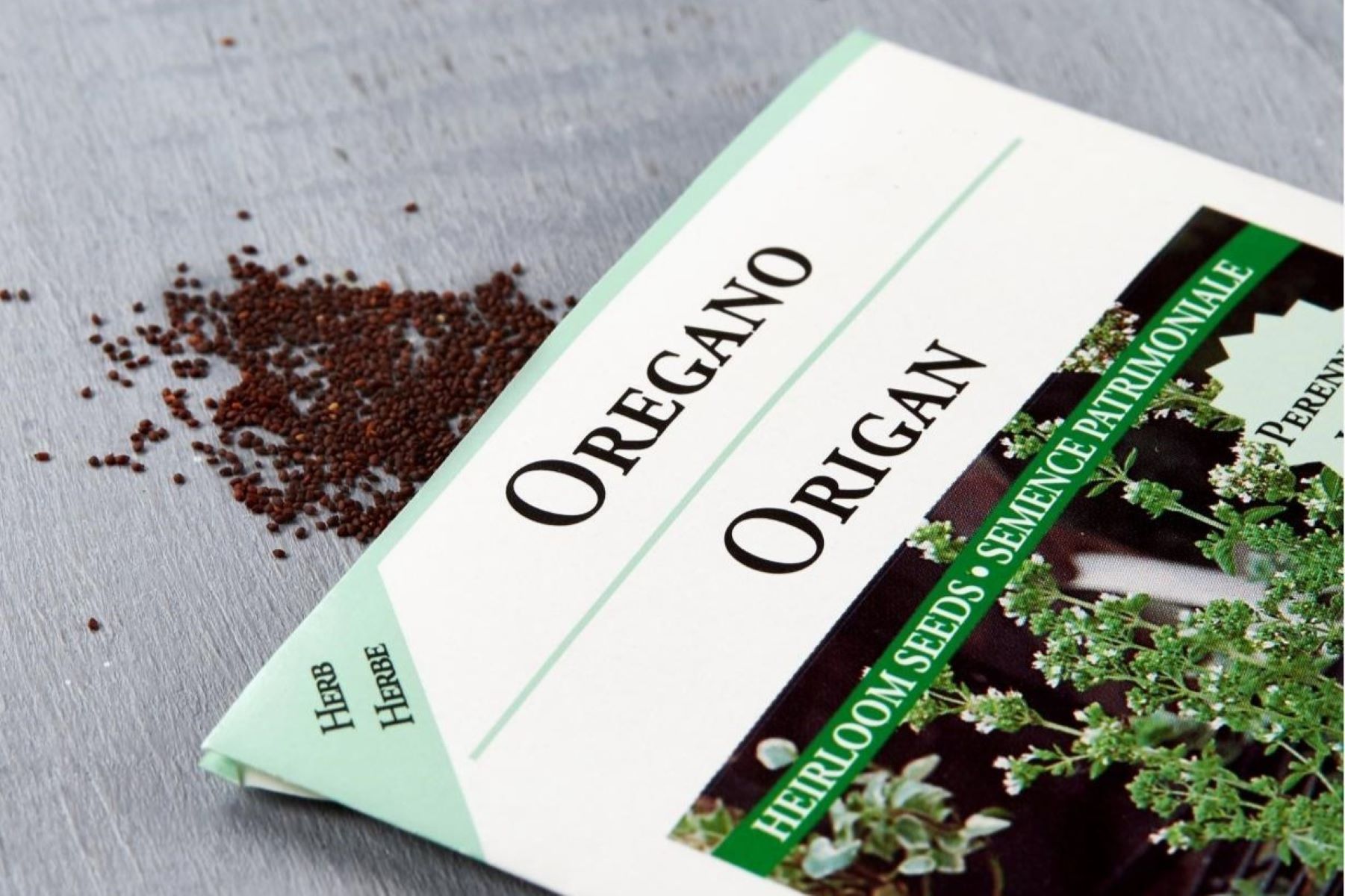

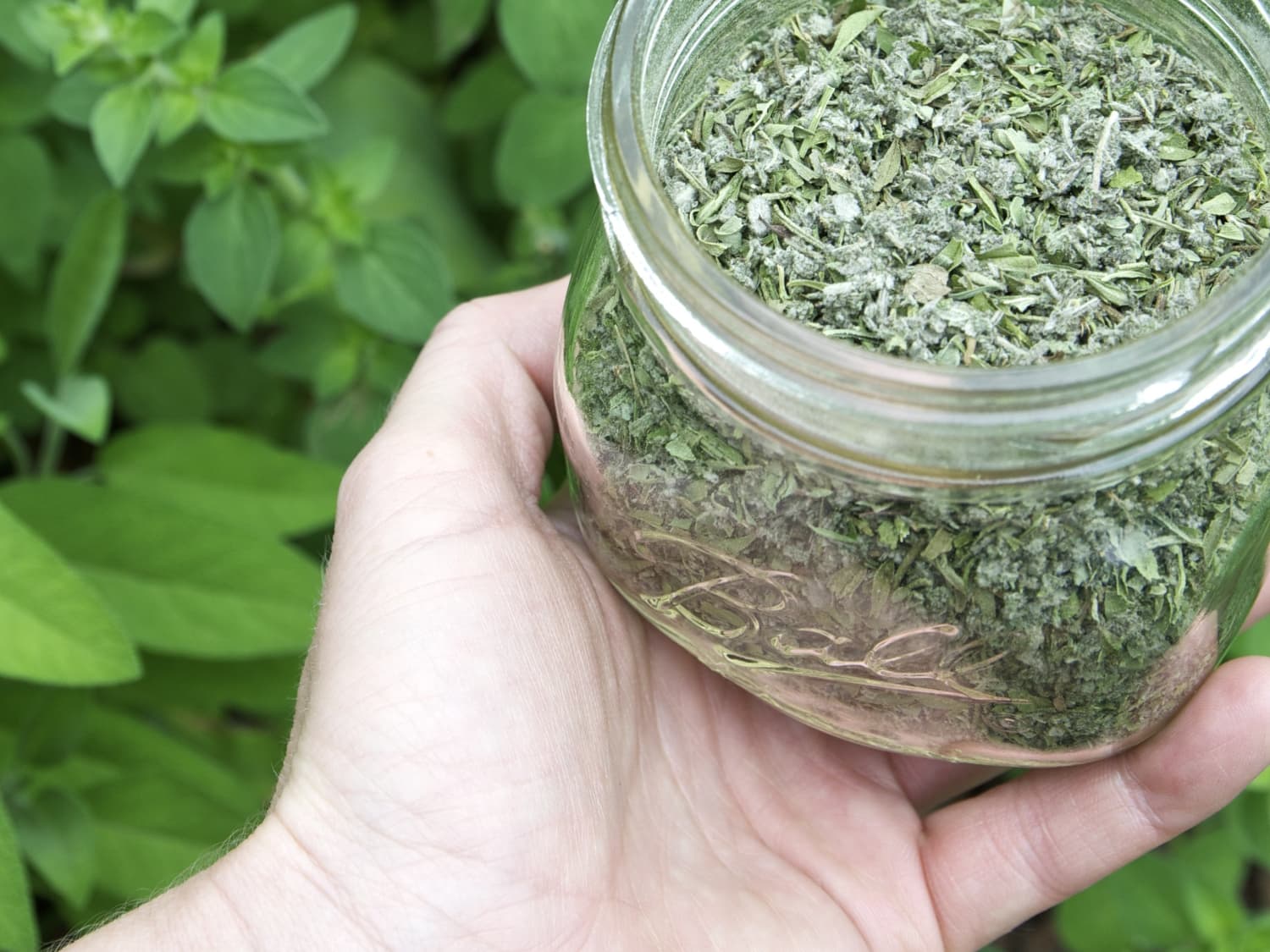
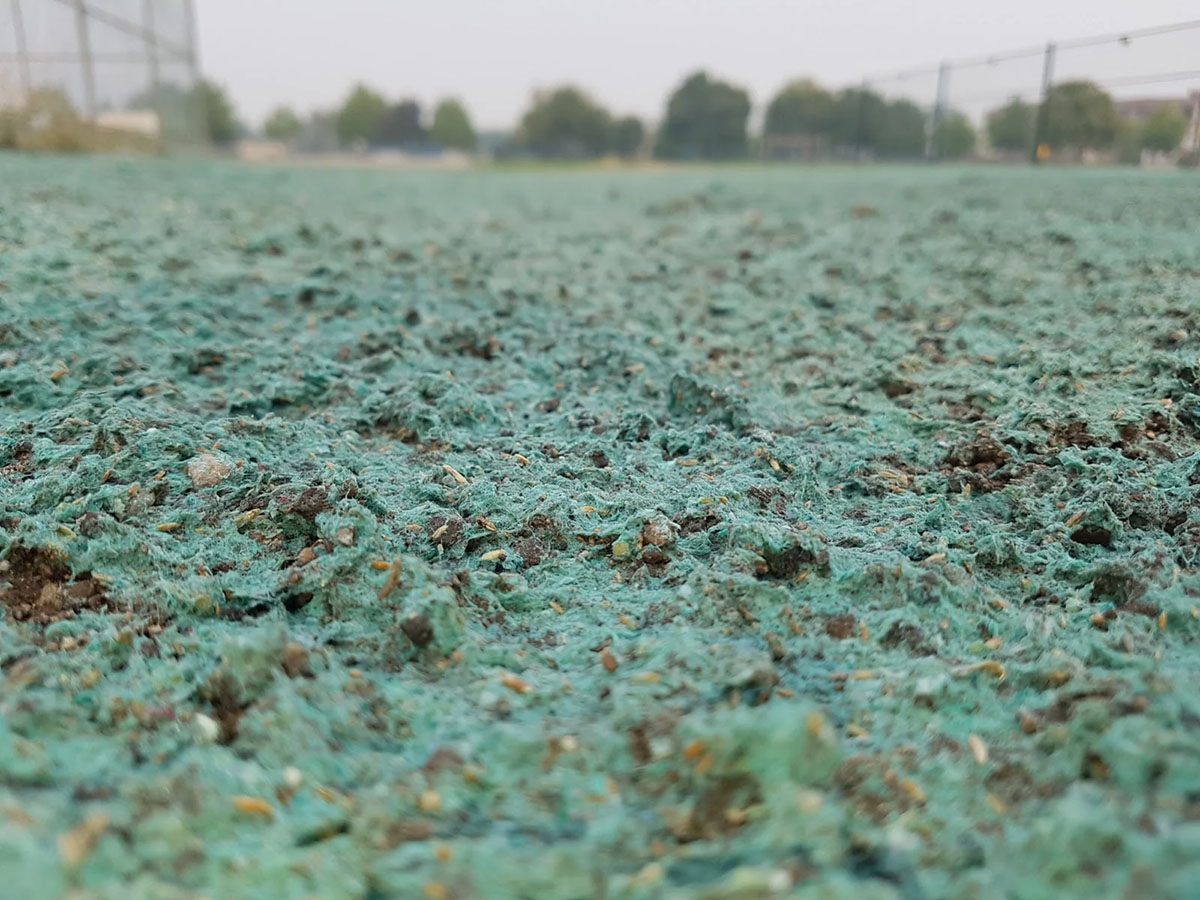




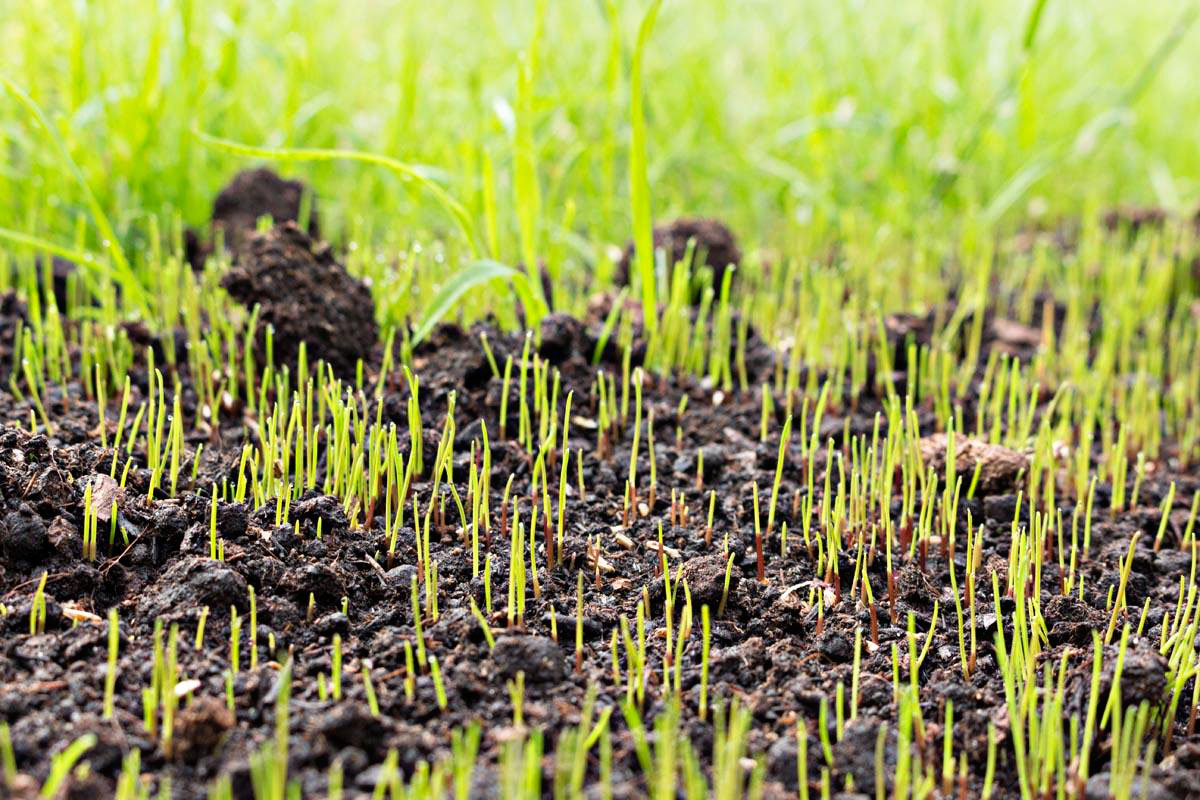
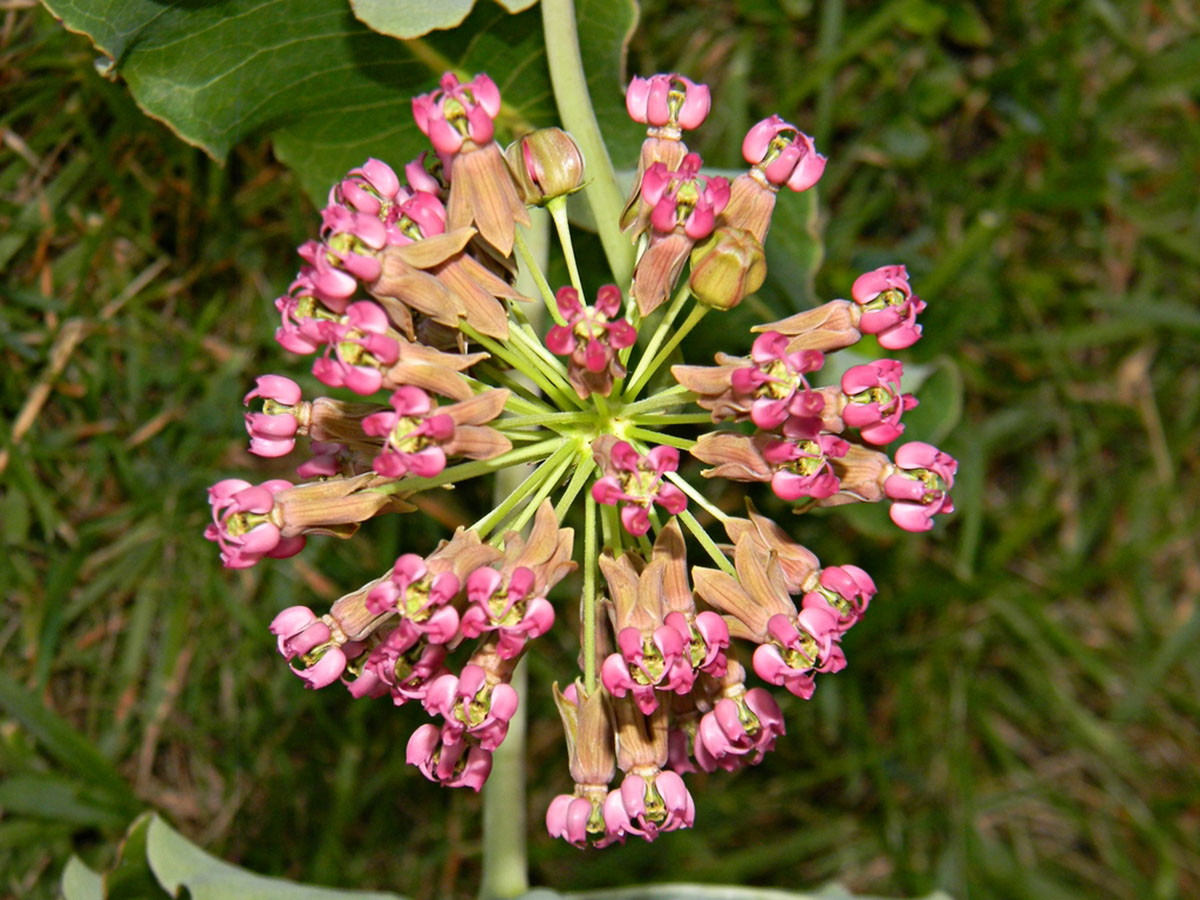


0 thoughts on “How Long For Oregano To Germinate”